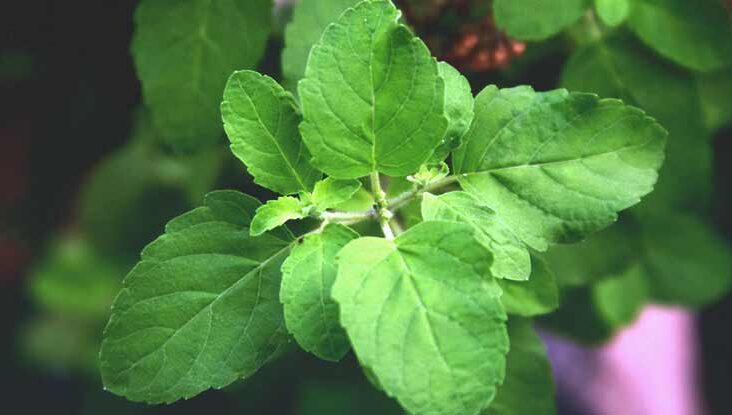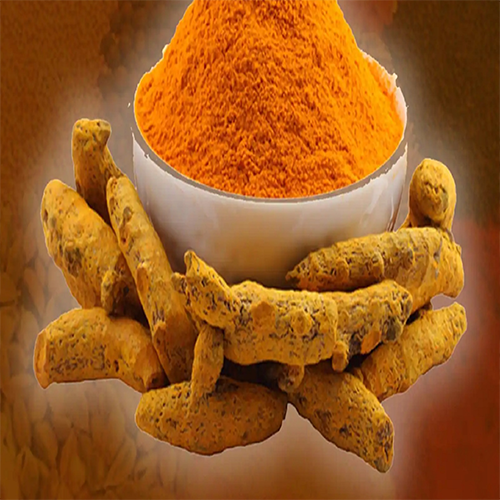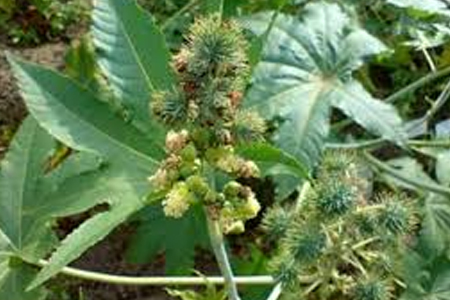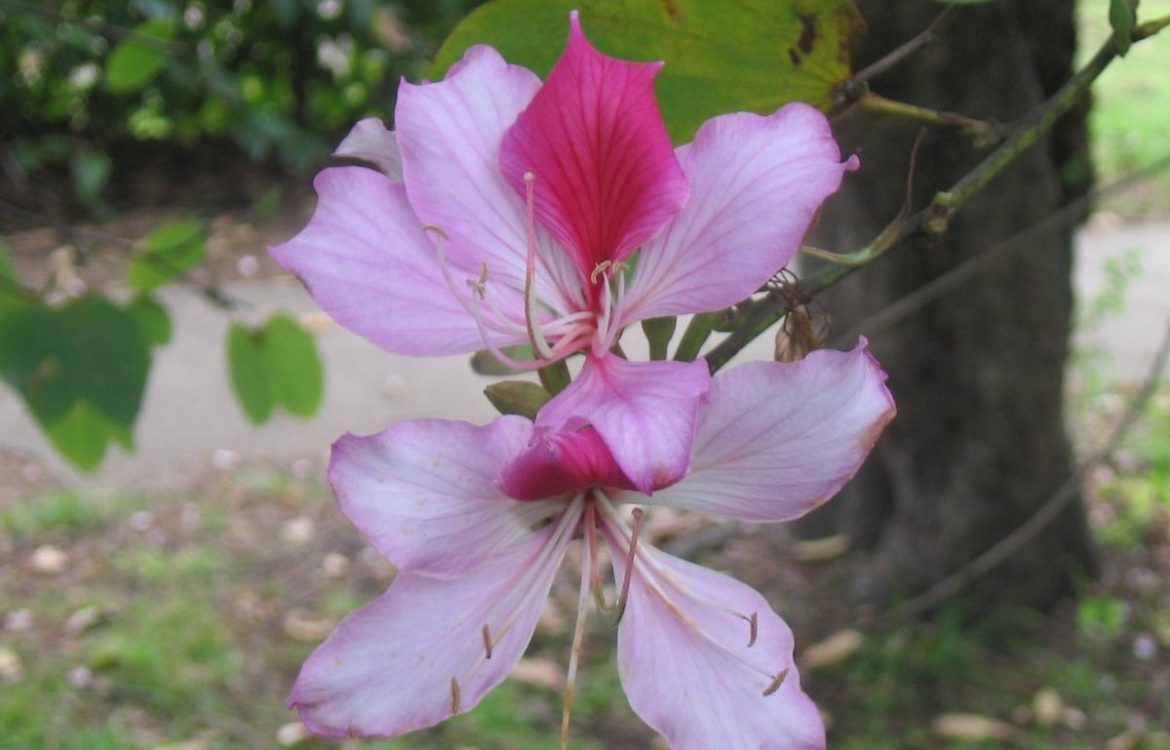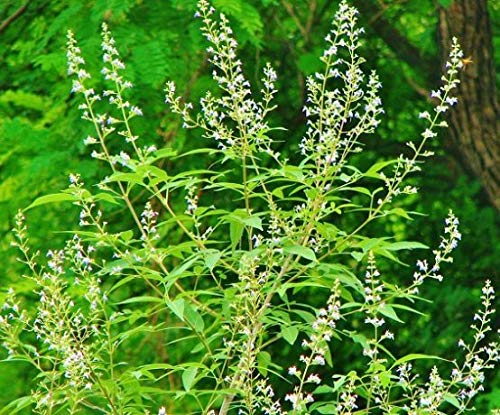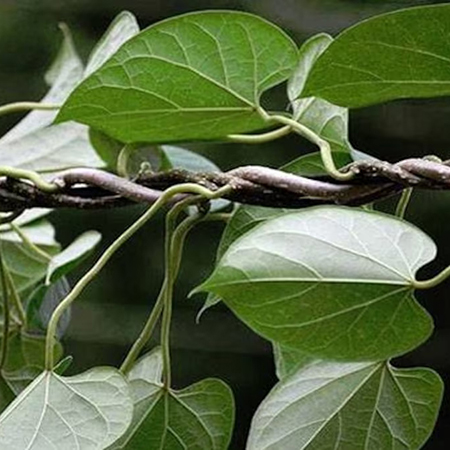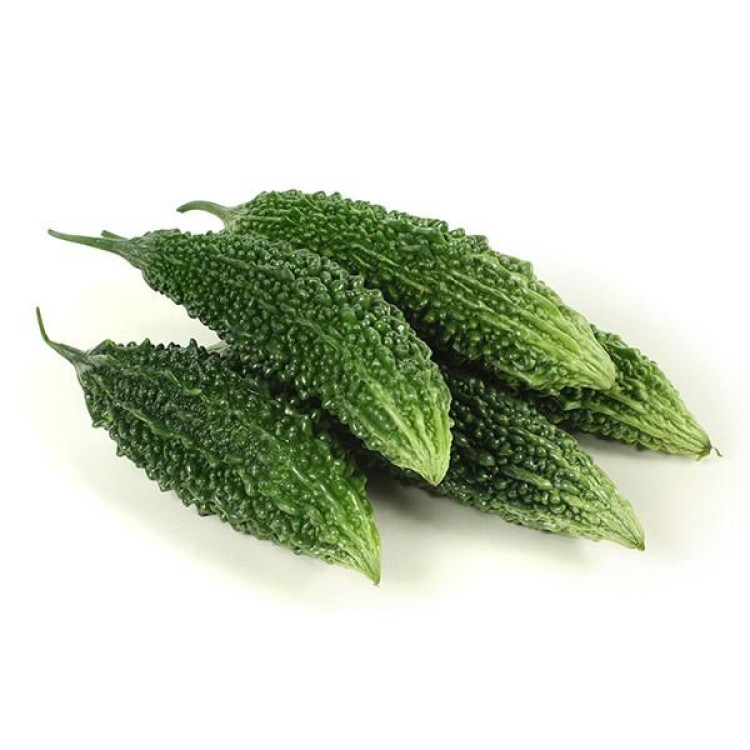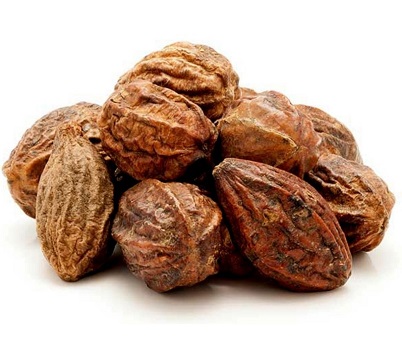Author Archives: Vaidya Jagjit Singh
Tulsi (Holy basil) – Medicinal Usage and Health Benefits
- February 25, 2016
- Posted by Vaidya Jagjit Singh
- 0 Comment(s)
INTRODUCTION
Holy basil is known in India with several names, such as, visbnu ballabha, sukhballari, shiri Krishna ballabha, vrinda, vasibnavi etc. Explaining the importance of holy basil is like trying to describe the importance of sun.It is a medicinal herb which has capability to control any type of disorder. It is taken as a goddess. It is easily available , everywhere and is fragrant and beautiful. It is the cheapest of all herbs available . In addition to medicinal values, it is known for its religious values also and hence is grown in every household in India.
Turmeric (Curcuma longa) – Benefits, Medicinal Usage and Properties
- February 22, 2016
- Posted by Vaidya Jagjit Singh
- 0 Comment(s)
INTRODUCTION
Turmeric (Curcuma longa) is very familiar as it is one of the main ingredients for Indian cooking. It is also famous because of its auspicious value and is used in many religious activities. It is also used in cosmetics. It has several varieties.
APPEARANCE
Arand (Castor) – Benefits, Medicinal Usage & Properties
- February 22, 2016
- Posted by Vaidya Jagjit Singh
- 0 Comment(s)
INTRODUCTION
Its annual or perennial plants are cultivated or grown wild in forests at heights of 600 ft the oil extracted from its seeds kernel is an excellent purgative in is a beneficial herb for dermatoses and is also analgesic it can be used as a medicinal herb to cure constipation and other gastric disorders in the case of piles and fistula in the anus cooked seeds soften the stool and relieve the misery in addition to its medicinal value it is also nutritive it is of two types –red and white also some trees produce large seeds and some small the oil from the large seeds is used for burning [in lamps ] , that from small seeds is used in medicines.
Kachnar (Bauhinia variegata) –
- February 21, 2016
- Posted by Vaidya Jagjit Singh
- 0 Comment(s)
Benefits, Medicinal Usage and Properties
INTRODUCTION
Kachnar (Bauhinia variegata) is grown all over India in beautiful gardens and its self grown trees are found in forests, in the Himalayan valleys and in lower hilly region. Based on the flower types its three main varieties are identified as purple rose: Bauhinia purpurea, white to purplish: bauhinia variegata and yellow flowered: Bauhinia tomentosa. Yellow flowered trees are large in size and grow in hilly areas and its flowers and leaves are larger than the other two varieties. For medicinal purposes generally the white to purplish: bauhinia variegata is used which is described here but in properties all three are the same. This is why if one variety is not available the other variety can be used. Bauhinia acuminata white flower is also used as an ornamental garden plant.
Nirgundi (Vitex Negundo) – Benefits, Medicinal Usage and Properties
- February 18, 2016
- Posted by Vaidya Jagjit Singh
- 0 Comment(s)
“NIRGUDATI SBAREERAM RAKSHBATI ROGEBHYAB TASMAD NIRGUDI”, means: that which protects the body from diseases is known as nirgudi. Wild Nirgundi plants are found almost everywhere. When its leaves are crushed they emit a typical foul smell. It is a very famous medicnal herb for vata related problem. Based on flower types, there are two varieties of this plant – blue and white flowered. Blue flowered plant is called nirgudi, but the white flowered plant is called siduwar.
Giloy (Tinospora cordifolia) – Usage, Dosage and Medicinal Properties
- February 16, 2016
- Posted by Vaidya Jagjit Singh
- 0 Comment(s)
INTRODUCTION
The plant is known as amrita which means one that never dies it is a creeper like thick bush and is found heights upto 1000 ft above sea level. Its stem is quite thick and looks like rope. Several aerial roots grow from the soft stem and branches. It has yellow and green flowers that grow in bunches. The leaves are soft and similar to those of betel the fruits are like peas. In India, it is found in Kumayun to Assam, Burma, Bihar, Cancan to Karnataka and Ceylon. It clings to trees and whatever tree it climbs on it acquires the properties of that tree. That is why tinospore that grows on neem tree is considered to be the best.
Karela (Bitter Melon) – Usage, Dosage and Medicinal Properties
- February 15, 2016
- Posted by Vaidya Jagjit Singh
- 0 Comment(s)
INTRODUCTION
Its many properties are well known to all diabetic patient, who especially consume its juice and its cooked dish. The following text details about its many more properties.
APPERANCE
Generally, it is grown all over India. Its stem is soft and hairy. Leaves are 1-5inch broad, round with deep serrated corner and are divided into 5-7 section. Flowers are shiny, yellow in colour. Fruits are 1-5 inch long and thick from middle and pointed towards both the ends.
Harad / Haritaki (Terminalia chebula) –
- November 19, 2015
- Posted by Vaidya Jagjit Singh
- 0 Comment(s)
Properties, Medicinal Usage & Health Benefits
INTRODUCTION
Harad tree is hilly areas and forests up to heights of 5000 ft basically it is found in lower Himalayan areas from ravi banks to western Bengal, assam and in the forests of high land areas. The tree is 80-100 ft tall and very thick according to sushrat and charak samhitas, harad is of 6 types.
APPEARANCE
Baheda (Bibhitaki, Terminalia Belerica)
- May 12, 2015
- Posted by Vaidya Jagjit Singh
- 0 Comment(s)
Benefits, Medicinal Usage and Properties
INTRODUCTION
Baheda (Bibhitaki, Terminalia Belerica) is found all over India, especially in the lower hilly areas. The plant sheds its leaves in Feb.-mar and bears new, copper colored tender leaves. It bears fruits in may which ripen in the following January- February.
CHEMICAL COMPOSITION
The fruits contain tannin, B-sitosterol, galic acid, chebulasic acid, mannitol, glucose, galactose, fructose and ramnose. A yellow colored, shining, oil comes from the seeds kernel. The bark contains tannin.


